RISE PERSPECTIVE
May 29, 2018
Remove Barriers Between Black Youth, 'Country Club' Sports
By Jennifer Nalepa
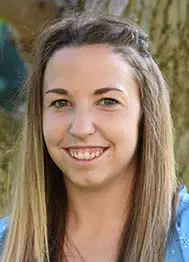
In summer 2015, I signed on as the primary tennis instructor at an inner-city sports camp that taught life skills and facilitated positive development for youth participants.
As tennis was being introduced there for the first time, I was tasked with creating the curriculum that would serve as the program's guide. While excited to introduce tennis to a population who never may have played before, I quickly found several challenges.
The costly equipment made it difficult to have the right equipment and enough of it. We were on a college campus with outdoor courts, making it impossible to play if it rained. Finally, we had only four other instructors (college-age young adults who were there for a summer job), meaning a low instructor-to-youth ratio.
Despite those challenges, tennis (out of all eight sports) was rated as the most fun by youth participants that year and continues to be offered in the program today. While barriers impact youth participation in country club sports, if done correctly, community programs may be a place for increasing participation.
I have been involved in tennis for more than 20 years, playing competitively through my youth and into high school, going on to play Division I college tennis and eventually coaching. Through tennis I have learned various life lessons, such as the value of hard work, responsibility and leadership. However, I've always been bothered by a lack of diversity in tennis - not just at the youth level. In fact, only two black men and four black women stand in the top 50 professional world tennis rankings. In total, only 14 of the top 50 men's professional tennis players are non-white, while nine non-white women professional tennis players are in the top 50, according to the latest professional rankings in 2018.
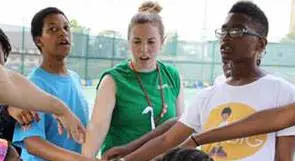
Actually, many country club sports, like tennis, golf and swimming, have an underrepresentation of racial and ethnic minorities at all levels of competition. I've seen many barriers for minorities to be involved in country club sports.
Country club sports are expensive. To be a competitive youth tennis player, you need to pay for court time, private lessons, group classes, tournament participation and, most likely, a fitness coach or trainer. Add on to that equipment (you'll need at least three rackets) and travel to compete in tournaments around the state. In addition, as typical of many country club sports, tennis clubs often require a membership fee to play in groups or play on courts.
These costs also come with a time commitment. From my experience, the recommendation is to spend the same number of hours on the court as the age of the player. So, a 12-year-old tennis player should be spending 11 to 12 hours on court each week to stay competitive. That's about two hours a day for six days a week. While not everyone involved in tennis plays competitively, the cost and time commitment still remain relatively high just for recreational participation.
Many schools also don't offer these sports. Instead, funding is routed to less expensive sports, such as football and basketball, in which less money is needed, more students can participate, and money can be made selling tickets. While the cost of running the sport may be similar, these sports include a higher number of athletes on the team making the sport less expensive for each individual who wishes to participate.
Since opportunities to participate in country club sports for kids in low-income areas are few, many kids are socialized at an early age into certain sports that are played by their siblings, parents and role models at the professional level, perpetuating the absence of minority involvement in other sports.
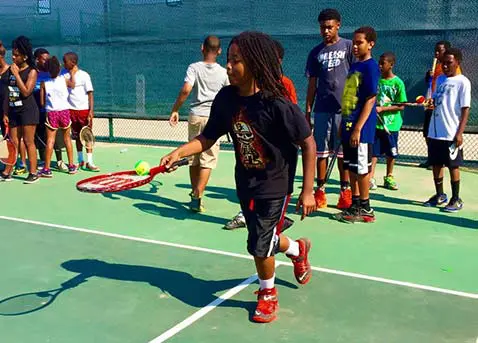
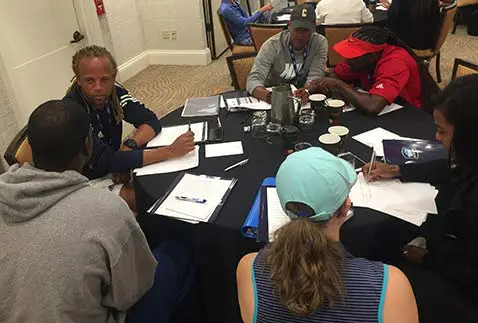
These barriers to participation are concerning for many reasons. First, the current generation of kids have low physical activity levels, and, according to the Centers for Disease Control and Prevention, one in five kids are obese. If our goal is to increase opportunities for kids to be more physically active, then we should provide a variety of avenues for kids to participate in sports. When cost and accessibility restrict participation for some sports, we are limiting the availability of safe places for children to engage in physical activity.
Second, sports participation, if structured correctly, can assist in positively developing youth involved by teaching them life skills they can transfer outside of sports. As country club sports are often individual sports, there may be some life skills that participants can learn more easily than in team sports.
Finally, sports are an effective context in which people can learn about their teammates - people who may have different backgrounds and experiences. If certain sports only are made up of particular classes and races, we as a society are missing an opportunity for increased integration in our communities, towns and cities.
So, how might we change this? How can we increase the opportunities for low-income and minority youth to participate in country club sports?
Changes need to be made at the policy level to increase access. In tennis, these changes already may be happening.
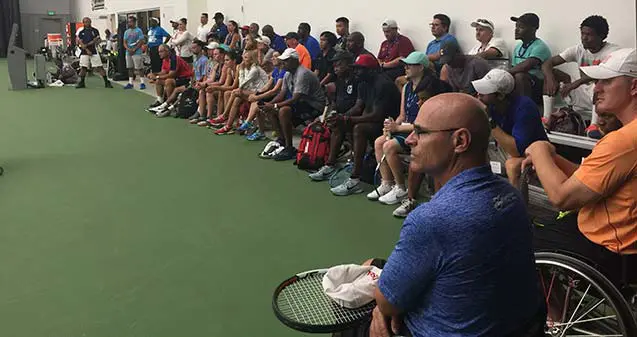
U.S. Tennis Association President Katrina Adams, an African-American former professional tennis player, has focused on bringing diversity to the game with several initiatives to increase access for minority youth. For example, the USTA created a grant program to provide financial assistance for programs in multicultural contexts. This grant program helps to cover expenses and provides opportunities to teach the game to minority youth. One example of this is a program in which U.S. Open champion Sloane Stephens participated.
The USTA also is trying to be more inclusive of minority coaches by creating a mentoring program to assist young African-American, women and Hispanic tennis coaches. As a part of this mentoring project, I was able to work with the USTA, along with Dr. Dan Gould from the Institute for the Study of Youth Sports, to pair experienced tennis coaches with up-and-coming youth coaches to mentor and advise them to help them succeed as coaches. We created a mentor training manual and held an in-person mentor training workshop in which African-American, female and Hispanic coaches worked together.
Another mechanism to increase opportunities for low-income or minority youth is to include country club sports in community youth programs. These programs often offer an environment where inner-city youth can feel physically and psychological safe and often occur outside of the school day. By including country club sports, participants have increased access to the sport and cost of participation overall can be lowered.
To provide a good experience for community youth sports participants:
- Find funding for the right equipment. While old equipment may work in the short term, to get youth excited about the sport the right equipment goes a long way, especially having enough tennis balls and rackets for each player. For tennis specifically, the USTA offers multiple outreach grants targeted at reaching diverse populations.
- Keep a low instructor-to-youth ratio. This will allow instructors to give enough attention to each participant and build relationships with the participants - a critical element of creating a positive experience.
- Train the instructors. All instructors should be trained on the goals of the program and the curriculum. Keeping consistency across instructors will improve the efficiency of the program, and youth will feel more comfortable with the consistent approach.
- Tailor the program to the youth. When delivering the program, include elements that are relative to the youth perspective. While country club sports often aren't available to youth in the inner city, try to make the sport as relevant as possible by showing past examples of athletes who are involved in the sport.
- Make it fun. The primary reason kids play sports is because they're fun. Try to create fun, engaging games and drills for youth participants. Additionally, when kids have success in sports, the more fun they have. Ensure that you are setting the participants up for quick success in the program.
Jennifer Nalepa is an assistant professor at Michigan State University in the sport coaching & leadership online programs and works in the Institute for the Study of Youth Sports conducting research to develop and shape youth sports programing. She also has worked as a sport psychology consultant helping athletes develop mental skills. She is a former collegiate Division I tennis player at Saint Louis University and previously coached the varsity tennis teams for Williamston High School.
Our
Partners
Stay
In Touch
Follow us on social media.